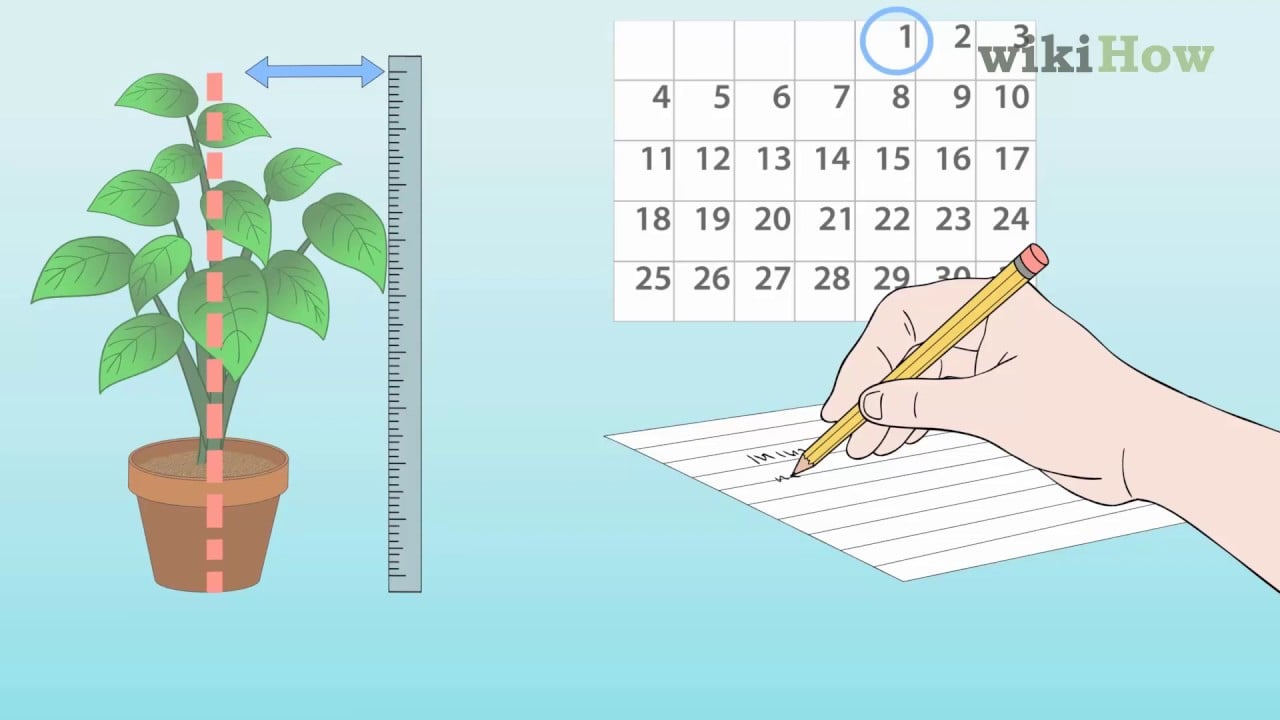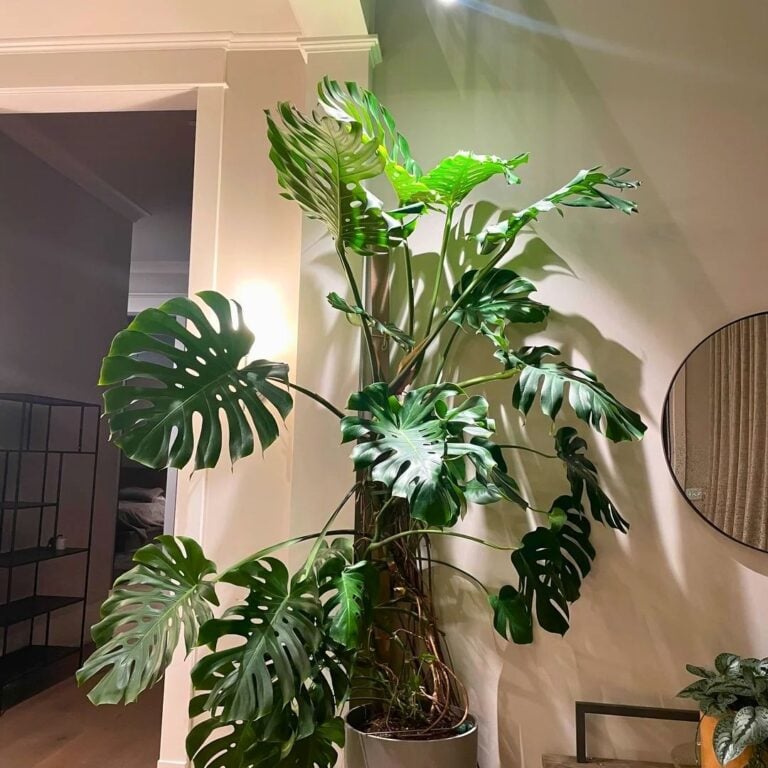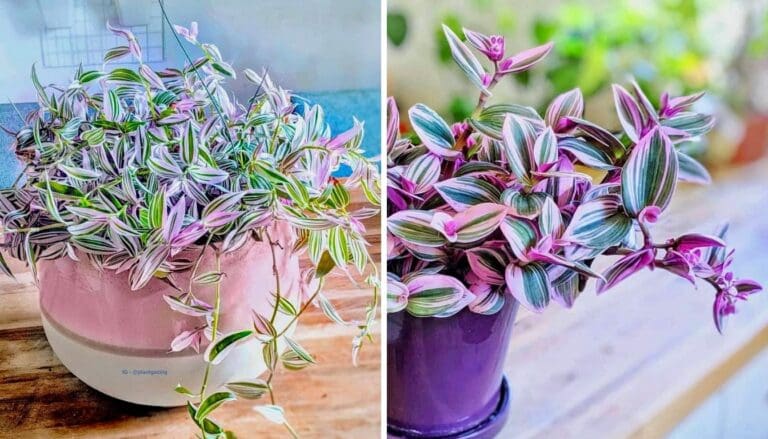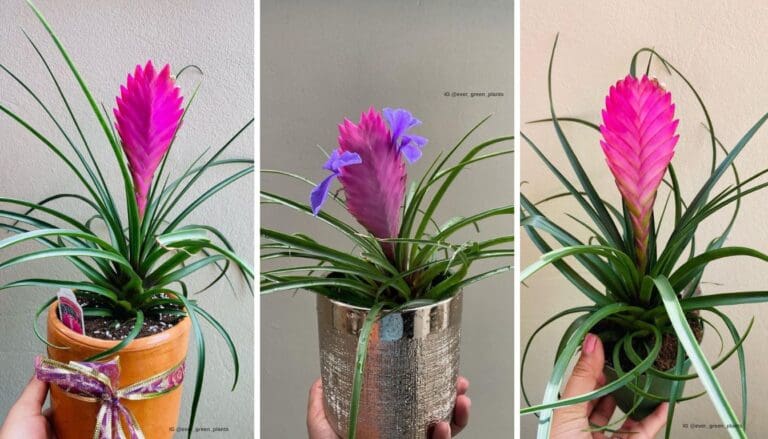3 Easy Ways to Track Fall Growth Changes in Your Plants
When fall rolls in, I can’t help but notice my plants start acting a little differently. The cooler weather and shorter days really do a number on how they grow.
Knowing how to track these changes helps me keep my plants healthy and happy. I find it useful to watch for signs of new growth or any shifts as the season changes.
Paying closer attention just makes it easier to figure out what my plants want as autumn settles in.
Please note: Simplify Plants is reader-supported. As an Amazon Associate, I earn from qualifying purchases made by our readers with no extra cost added to you all! Some links in the post are affiliate links and I get a commission from purchases made through links in the post.
1) Monitor leaf color changes weekly

One of the easiest ways to spot fall growth is by watching how the leaves change color. I like to check my plants once a week just to see what’s up with the leaves.
First, I keep an eye out for leaves turning yellow, red, or brown. Those color shifts usually mean my plant is heading into fall mode.
Bright green leaves often turn dull before changing even more. I always peek at both the tops and bottoms of the leaves.
Sometimes, the color changes sneak up underneath before I notice anything on top. That little trick helps me spot early signs I’d otherwise miss.
I take photos every week with my phone—super simple, and it lets me compare changes over time. Looking back at old pictures, I catch small differences I’d never notice day-to-day.
If I spot weird spots or funky colors, I jot it down in my gardening journal. Not every color change is healthy, so it’s good to keep notes just in case.
I also try to see if the whole plant is shifting color or just a few leaves. Sometimes a couple of leaves drop early, while others hang on for weeks.
If I see leaves turning brown too soon, I might rethink how much I’m watering. Watching these changes each week really teaches me a lot.
Observing leaf color weekly is a habit that only takes a few minutes, but I get so much info from it.
2) Use a notebook to record plant height
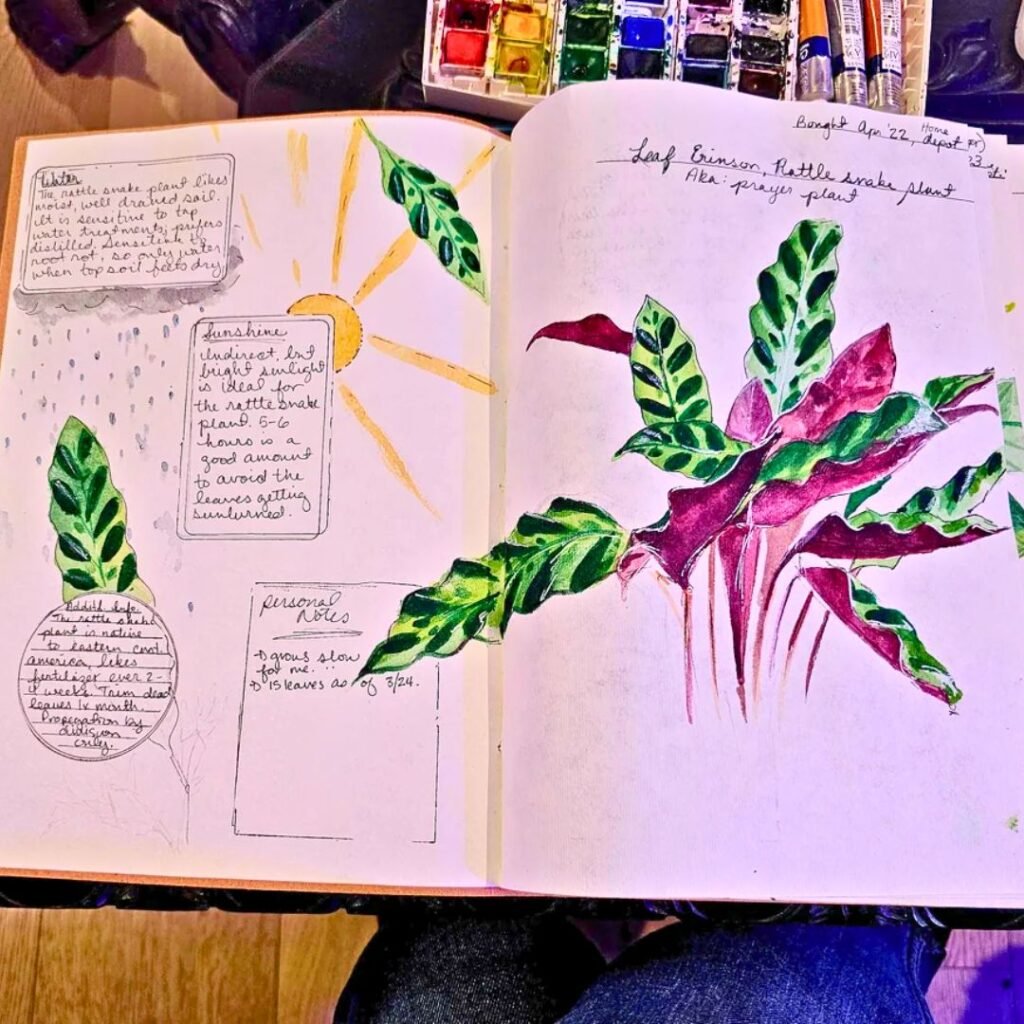
One of my favorite tricks is keeping a notebook just for garden notes. Every time I measure a plant, I write down the date and its exact height.
I use a ruler or measuring tape to check the height. Always from the base to the tallest leaf or stem—if it’s in a pot, I measure from the soil.
Recording the numbers makes it easy to spot changes. Sometimes, I’m surprised how much a plant shoots up after a rainy week. Other times, growth slows down and I wonder if I missed something.
I set a reminder to check every week, just so I don’t forget. It’s a quick five-minute job, and I keep my notebook with my garden tools so I never have to hunt for it.
Adding notes like “new leaves” or “yellow tips” gives extra clues about what’s happening. Sometimes I’ll doodle a quick sketch, but honestly, numbers work just fine too.
Looking back, I can spot patterns and figure out which plants need more love. This record-keeping keeps me connected to my plants—and honestly, it just makes gardening more fun.
3) Take photos from consistent angles

When I want to see how my plants are changing in the fall, I just grab my phone and take photos. I always stand in the same spot and hold my camera at the same level.
That way, comparing each picture is a breeze. I make sure to capture the whole plant, not just a random section.
If I use the same background each time, differences really pop out. Good lighting helps too, so I try to snap photos at the same time of day.
Sometimes I’ll take a photo every week, or every other week if I’m feeling lazy. It helps me spot tiny changes in leaves or stems that I’d miss otherwise.
I keep my photos in a folder on my phone or computer. Swiping through them, I can watch how my plant changes step by step.
If I’m tracking more than one plant, I add labels or notes so I don’t mix them up. Keeping things organized saves me a headache later.
Sharing before-and-after photos with friends is pretty fun, too. I like to post them on social or send them to family who care about plants as much as I do.
Taking photos from the same angle isn’t hard, but wow, it makes a difference. I love having a visual record of how my plants grow each fall.
Understanding Seasonal Growth Patterns
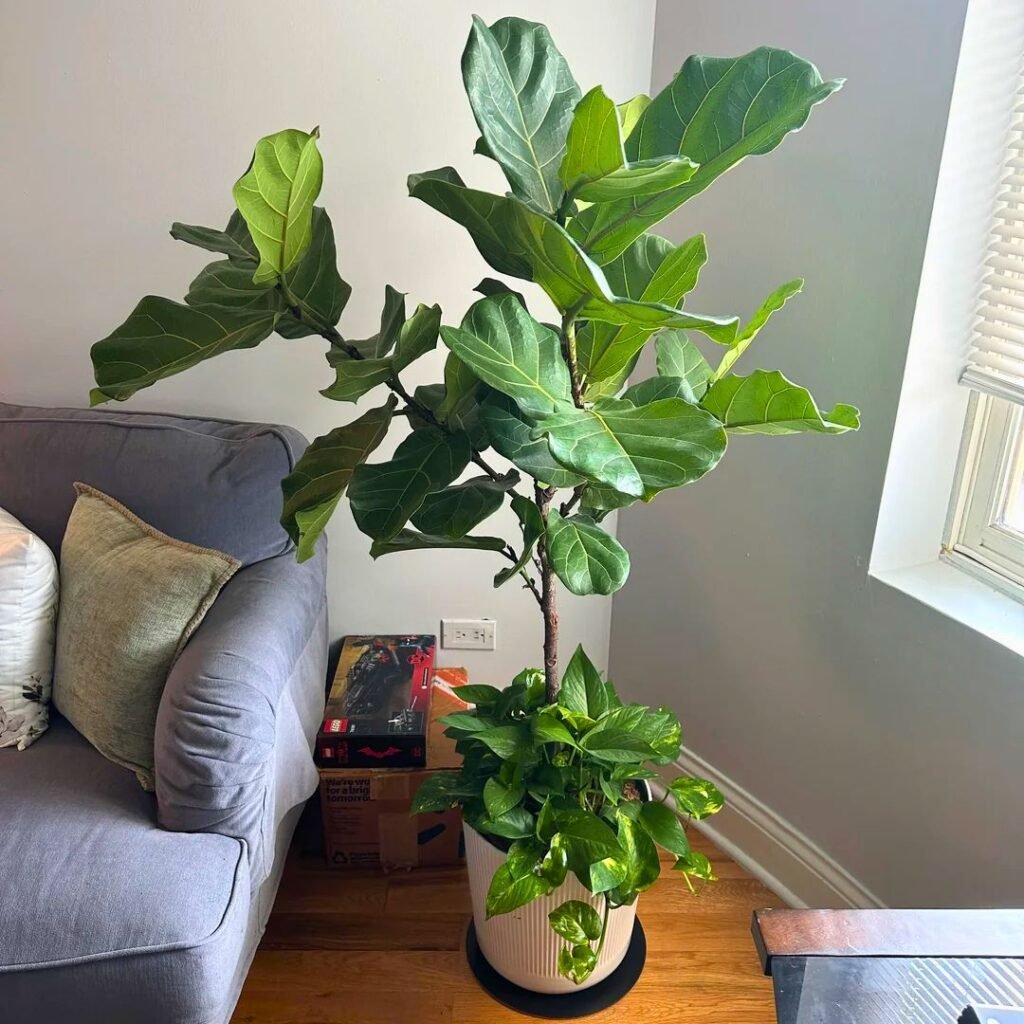
When fall shows up, I notice my plants start reacting to cooler temperatures and shorter days. They behave differently in autumn compared to spring or summer, and these changes are actually pretty easy to track.
How Fall Influences Plant Development
Fall brings cooler weather, signaling a lot of plants to slow down. Some put more energy into root development instead of tossing out new leaves or flowers.
Leaves might change color or drop because there’s just less sunlight and the temps are lower. I try to keep an eye on these things because photosynthesis slows down in the fall.
Plants aren’t making as much food, so they focus on storing nutrients for winter. Annuals finish up their life cycle, while perennials get ready to go dormant.
Here’s what I look for:
- Leaf color change (yellow, red, brown)
- Slower new growth
- Wilting or dropping leaves
Differences Between Fall and Other Seasons
In spring and summer, my plants usually grow like crazy because they get more sunlight and warmth. That’s when leaves and flowers really take off.
But as fall comes, there’s less growth above ground and more action happening below. Roots get deeper, plants start storing up for winter.
Leaves often stay green and healthy in spring and summer, but fall is a whole different story. Here’s a quick table to show the difference:
| Season | Growth Focus | Leaf Condition |
|---|---|---|
| Spring/Summer | Fast above ground | Green, healthy |
| Fall | Root/storage growth | Yellow, dropping |
Noticing these changes helps me take better care of my plants every fall.
Mistakes to Avoid When Tracking Plant Growth
Missing small details or not sticking to the same measuring tools can mess up my records when I’m checking plant growth. Staying careful gives me clear, honest notes on each plant’s progress.
Overlooking Subtle Signs of Change
Growth changes can be sneaky if I’m only looking for big differences. New leaves, a bit of stem color, or tiny buds might not seem like much, but they’re good signs.
I keep a list of small signs to watch for:
- New leaf tips or shoots
- Small increases in height
- Changes in color or thickness of stems
I try not to ignore these little clues. If I do, I could miss problems like slow growth or pests.
Taking weekly photos helps a ton. Even small changes stand out in pictures. Patience and looking closely really pay off.
Using Inconsistent Measurement Methods
Switching tools or measuring at random times just makes things confusing. Using a ruler one week and eyeballing it the next? Not helpful.
Consistency matters. I always use the same tool—usually a ruler or tape measure.
I also measure at the same time each week, usually in the morning so the lighting’s the same. I record numbers the same way every time—inches or centimeters, not both.
If I take photos, I’ll put a ruler next to the plant for reference. Here’s what works for me:
| Measurement Tool | Frequency | Time of Day |
|---|---|---|
| Ruler | Weekly | Morning |
Doing it this way, my notes and photos actually make sense later, and I can see real changes.
Frequently Asked Questions
I use a few simple tricks to watch my plants grow each fall. Recording color, height, and little changes makes it easy to keep up.
What are the most effective methods for monitoring the daily growth of my plants?
Honestly, checking and jotting down my plant’s height daily helps a lot. I also look for leaf color or shape changes. Taking photos from the same angle shows tiny changes over time.
Can you recommend any user-friendly apps for tracking plant growth over time?
I like apps like Planta or Gardenize. They let me log plant height, upload photos, and set reminders. Keeping my plant records organized is way easier with these.
How do I properly measure plant growth for scientific experiments?
I use a ruler or tape and note the plant’s height at the same time each day for accuracy. Writing the numbers in a notebook keeps things simple. Keeping light and water the same helps me get data I can trust.
Could you provide a simple way to chart my plant’s growth on a weekly basis?
I just draw a line graph in my notebook. Each week, I mark the height and connect the dots. Makes it easy to see growth at a glance.
What examples of plant observation techniques can help track development stages?
I check for new leaves, buds, or roots. Noting leaf color changes is probably the easiest way I follow progress. Taking close-up photos every week also helps me spot tiny differences.
What is the best way to document the germination process of seeds from day one?
When I plant seeds, I like to write down the date right away. Every day, I’ll scribble a quick note about any changes I notice.
Usually, I snap a photo or two with my phone—nothing fancy, just enough to see what’s different. Comparing these pictures later is actually pretty satisfying, especially when the first little sprouts show up.
Recommended Garden Supplies
| Product Image | Our Recommended Gardening Supplies | Check Offers! |
|---|---|---|
Top Top
Top
Top
Top
Top
Top
Top
Top | rePotme Houseplant and Tropical Classic Potting Soil Mix | Check Offer On Amazon |
 Top
Top
Top
Top
Top
Top
Top
Top | Espoma Organic Indoor Plant Food | Check Offer On Amazon |
 Top
Top
Top
Top
Top
Top
Top
Top | GooingTop LED Grow Light 6000K Full Spectrum Clip Plant Growing Lamp | Check Offer On Amazon |
 Top
Top
Top
Top
Top
Top
Top
Top | Soil Moisture Meter | Check Offer On Amazon |
 Top
Top
Top
Top
Top
Top
Top
Top | Govee Hygrometer Thermometer, Bluetooth Enabled! | Check Offer On Amazon |
 Top
Top | LEVOIT Humidifiers for Large Room(Best For Plants) | Check Offer On Amazon |
 Top
Top
Top
Top
Top
Top
Top
Top | Upgraded DIY Automatic Drip Irrigation Kit, 15 Potted Houseplants Support | Check Offer On Amazon |
 Top
Top
Top
Top
Top
Top
Top
Top | Stainless Steel Heavy Duty Gardening Tool Set | Check Offer On Amazon |
 Top
Top
Top
Top
Top
Top
Top
Top | Bonide Insecticidal Soap | Check Offer On Amazon |
 Top
Top
Top
Top
Top
Top
Top
Top | Bonide 32 oz Spray Neem Oil for Organic Gardening | Check Offer On Amazon |
 Top
Top
Top
Top
Top
Top
Top
Top | Garden Safe Fungicide | Check Offer On Amazon |

